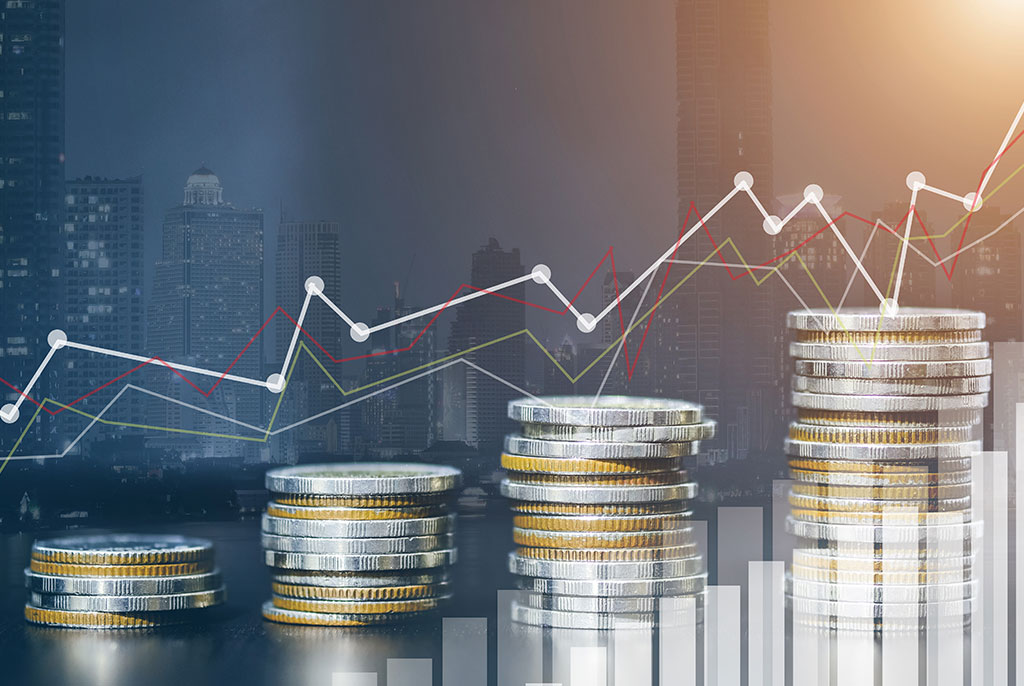List Of Contents
The global economy is a dynamic and interconnected system influenced by a myriad of factors. This 1000-word article provides an analytical review of world economic trends, examining key drivers, challenges, and emerging patterns that shape the global economic landscape.
Introduction
The world economy is in a constant state of flux, driven by a complex interplay of economic, political, and social forces. Understanding and analyzing these global economic trends is essential for governments, businesses, and individuals alike as they navigate the ever-changing economic environment.
1. Economic Growth and Recovery
a. Post-Pandemic Recovery
- COVID-19 Impact: The COVID-19 pandemic disrupted global economies, leading to recessions in many countries.
- Recovery Efforts: Governments implemented fiscal stimulus measures to accelerate economic recovery, leading to varying degrees of success.
b. Divergence in Growth
- K-shaped Recovery: Some sectors and countries experienced rapid recovery (e.g., technology), while others faced prolonged challenges (e.g., tourism).
- Global Growth Disparities: Economic recovery has been uneven, with emerging economies lagging behind.
2. Trade and Globalization
a. Supply Chain Resilience
- Supply Chain Disruptions: The pandemic exposed vulnerabilities in global supply chains, prompting companies to rethink their strategies.
- Regionalization: Some industries are shifting towards more regionalized supply chains to enhance resilience.
b. Trade Tensions
- US-China Trade Relations: Trade tensions between the United States and China continue to impact global trade.
- Protectionism: Some countries have adopted protectionist measures, challenging the principles of globalization.
3. Digital Transformation
a. Accelerated Digitization
- Remote Work: The pandemic accelerated the adoption of remote work, prompting investments in digital infrastructure.
- E-commerce Boom: Online shopping and digital services experienced significant growth.
b. Digital Divide
- Access Disparities: The digital divide widened as some populations lacked access to technology and the internet.
- Cybersecurity Concerns: Increased digitization brought heightened cybersecurity risks.
4. Sustainability and Climate Change
a. Green Initiatives
- Climate Action: Governments and corporations are committing to ambitious climate goals.
- Renewable Energy: Investments in renewable energy sources are on the rise.
b. Environmental Challenges
- Extreme Weather Events: Climate change has led to an increase in extreme weather events, impacting economies.
- Sustainability Reporting: Companies are under pressure to disclose their environmental impacts.
5. Monetary Policy and Inflation
a. Low-Interest Rates
- Central Bank Policies: Many central banks maintained low-interest rates to support economic recovery.
- Asset Prices: Low rates contributed to asset price inflation in some markets.
b. Inflation Concerns
- Rising Prices: Inflation concerns have emerged due to supply chain disruptions and increased demand.
- Central Bank Responses: Central banks are considering tightening monetary policy to curb inflation.
6. Geopolitical Shifts
a. US Foreign Policy
- Biden Administration: The Biden administration has signaled a shift in US foreign policy, impacting international relations.
- China’s Global Influence: China’s global influence continues to grow in areas like trade, technology, and infrastructure.
b. Global Alliances
- Regional Blocs: Regional alliances and agreements, such as the Comprehensive and Progressive Agreement for Trans-Pacific Partnership (CPTPP), are shaping trade dynamics.
- Brexit Impacts: The United Kingdom’s exit from the European Union has economic implications for both entities.
7. Labor Markets and Automation
a. Remote Work Trends
- Hybrid Work Models: Many companies are adopting hybrid work models, offering flexibility to employees.
- Skills Gap: The pandemic highlighted the need for upskilling and reskilling to meet evolving job market demands.
b. Automation and AI
- Job Displacement: Automation and artificial intelligence (AI) are transforming industries, potentially leading to job displacement.
- Productivity Gains: Automation can also enhance productivity and competitiveness.
Conclusion
Analyzing world economic trends is a complex endeavor that requires a holistic understanding of interconnected factors. The post-pandemic recovery, trade dynamics, digital transformation, sustainability, monetary policies, geopolitical shifts, and labor market changes all play crucial roles in shaping the global economy.
The challenges and opportunities presented by these trends require proactive responses from governments, businesses, and individuals. Navigating the evolving economic landscape demands adaptability, innovation, and a commitment to sustainability and inclusivity. As the world continues to change, staying informed about economic trends remains paramount for informed decision-making and strategic planning in an ever-shifting global economy.

